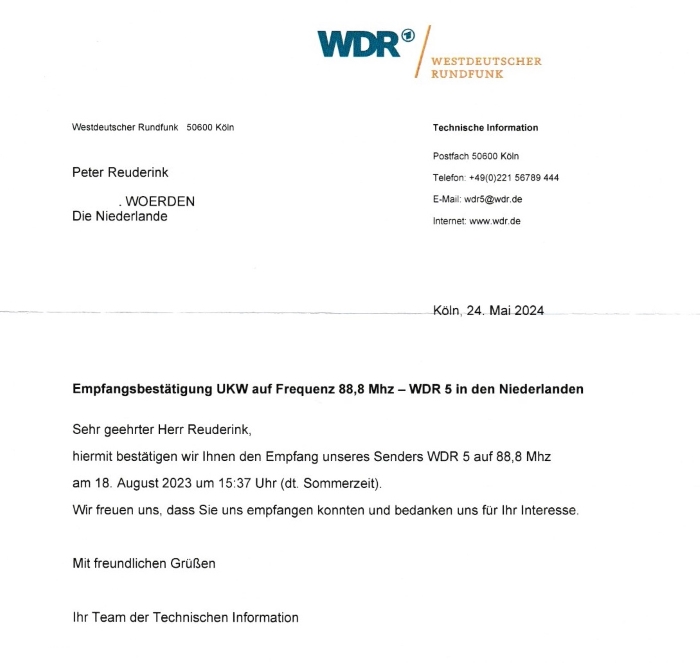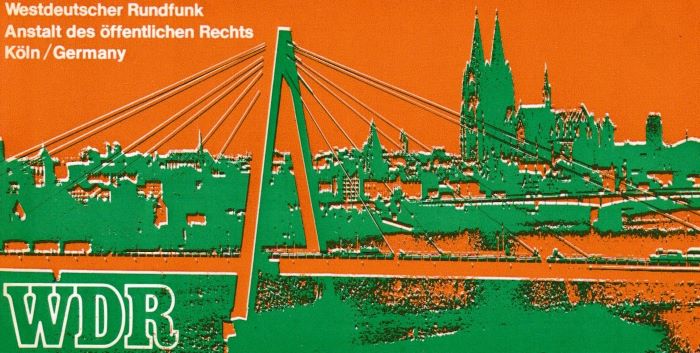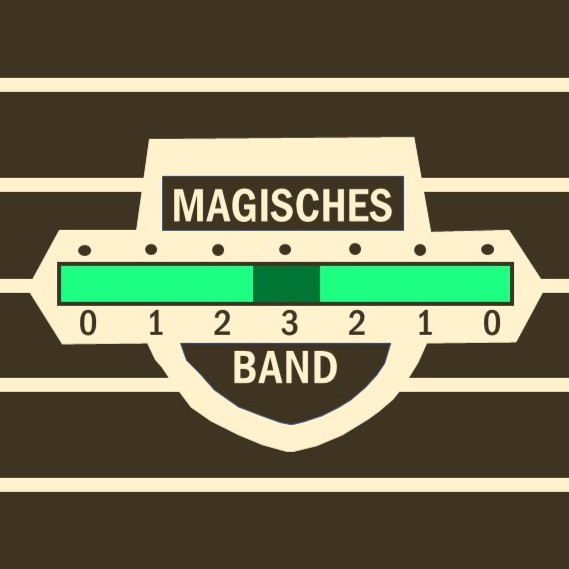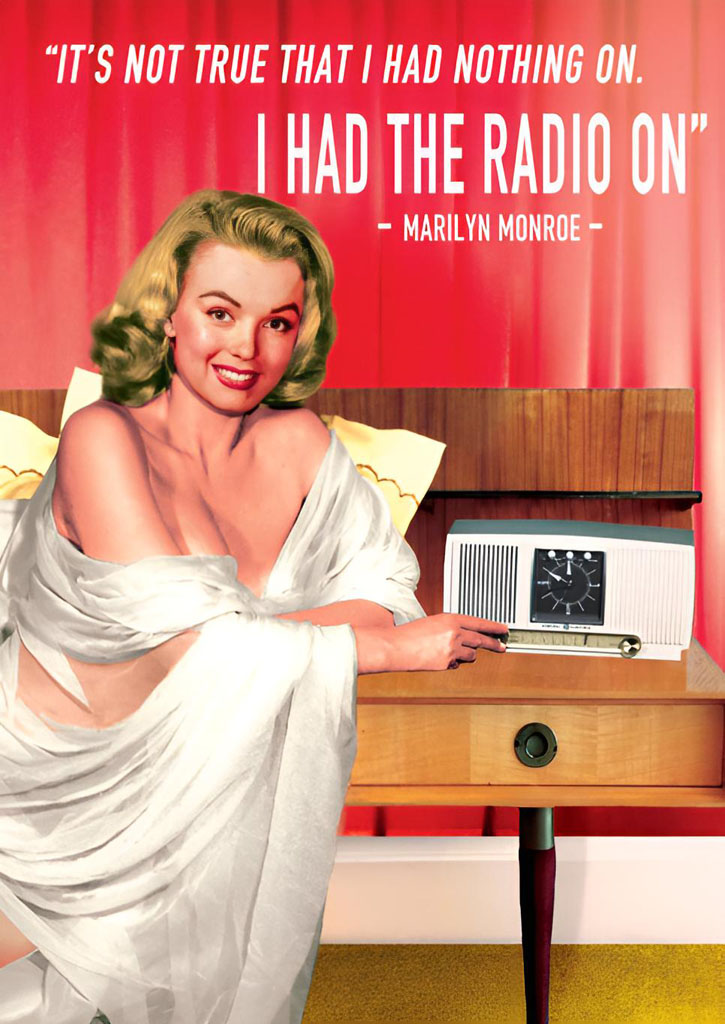At the start of this post I want to make clear that I don’t intend to make jokes about the very kind people of WDR5. Read my explanation at the end of this post.
Last year I was testing my FM antenna… more about that later. I came across WDR5 Langenberg, Germany on 88.8 MHz. As I read somewhere that they were still issuing dedicated WDR5 QSLs I decided to send a report to wdr5@wdr.de. Two days later I received a polite email:
Vielen Dank für Ihr Interesse am Programm von WDR 5.
Bitte haben Sie Verständnis dafür, dass die Bearbeitung Ihrer E-Mail ggf. etwas Zeit in Anspruch nehmen kann.
If you don’t speak German: “Thanks for your interest, asking for your understanding that it might take a while”.
Two weeks ago I realized myself that I never got answer. So I sent a kind reminder. Within a day I received this reply:
Da Ihr Anliegen etwas sehr komplex ist, geben wir dieses Intern weiter und werden uns nochmal bei Ihnen melden!
This translates as “your question is quite complicated… we will forward and let you know”.
And last week I received a nice fully detailed letter from the Technical Information Department to QSL WDR5 Langenberg:

As promised at the start of this post, my take away:
I am very grateful that WDR5 is still sending out physical letters to QSL reception reports from listeners. There are very few stations that still do so, and I applaud them for this. But the correspondence does show how unfamiliar the front office public relation desk is with anything related to “technical questions”. Steve Canney, former engineer and QSL Manager of CFRB/CFRX Toronto made me aware of this. And you can see that the reply is from the Technical Department. This is why, when sending QSL requests to bigger stations, I always try to direct them to Engineering or Transmitter Engineering departments.
To finish this post, the beautiful QSL card I received in 1980 for my reception WDR Langenberg on 1593 kHz medium wave… those were the days!




Leave a Reply